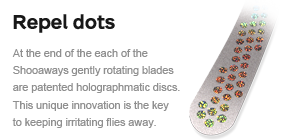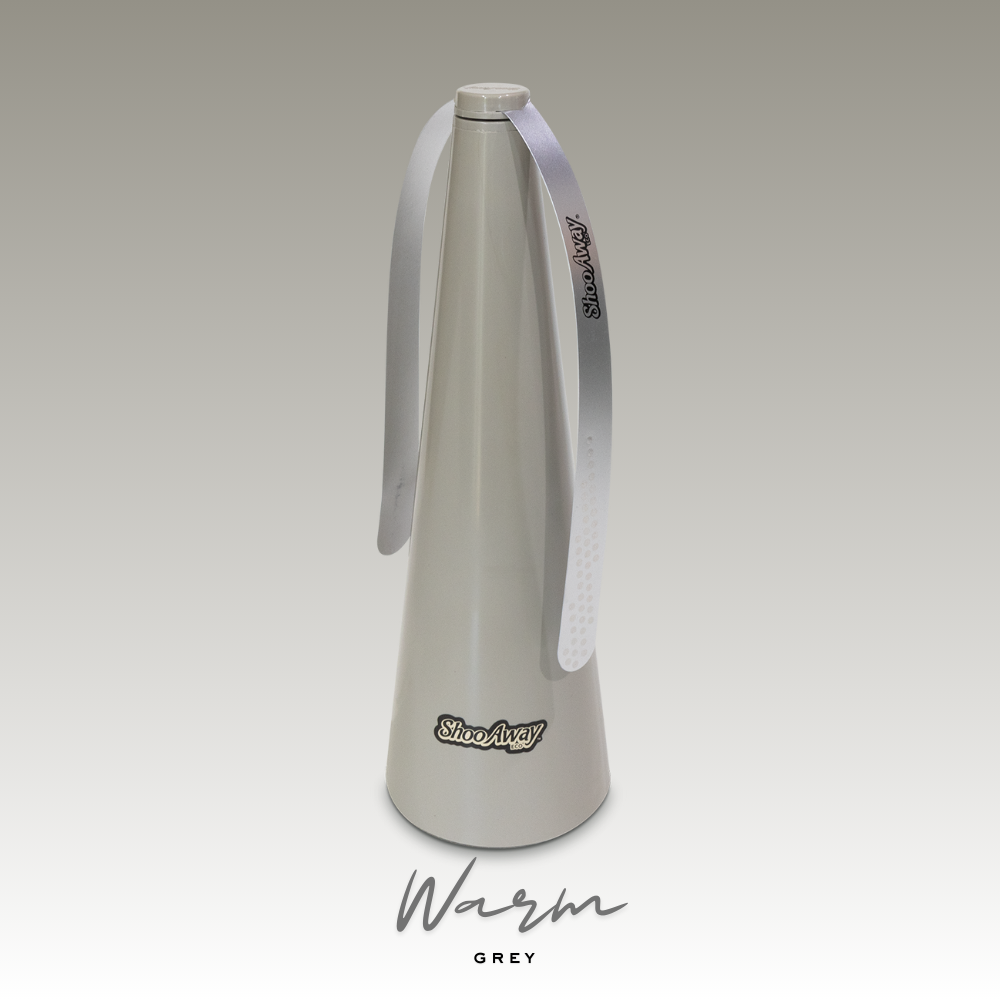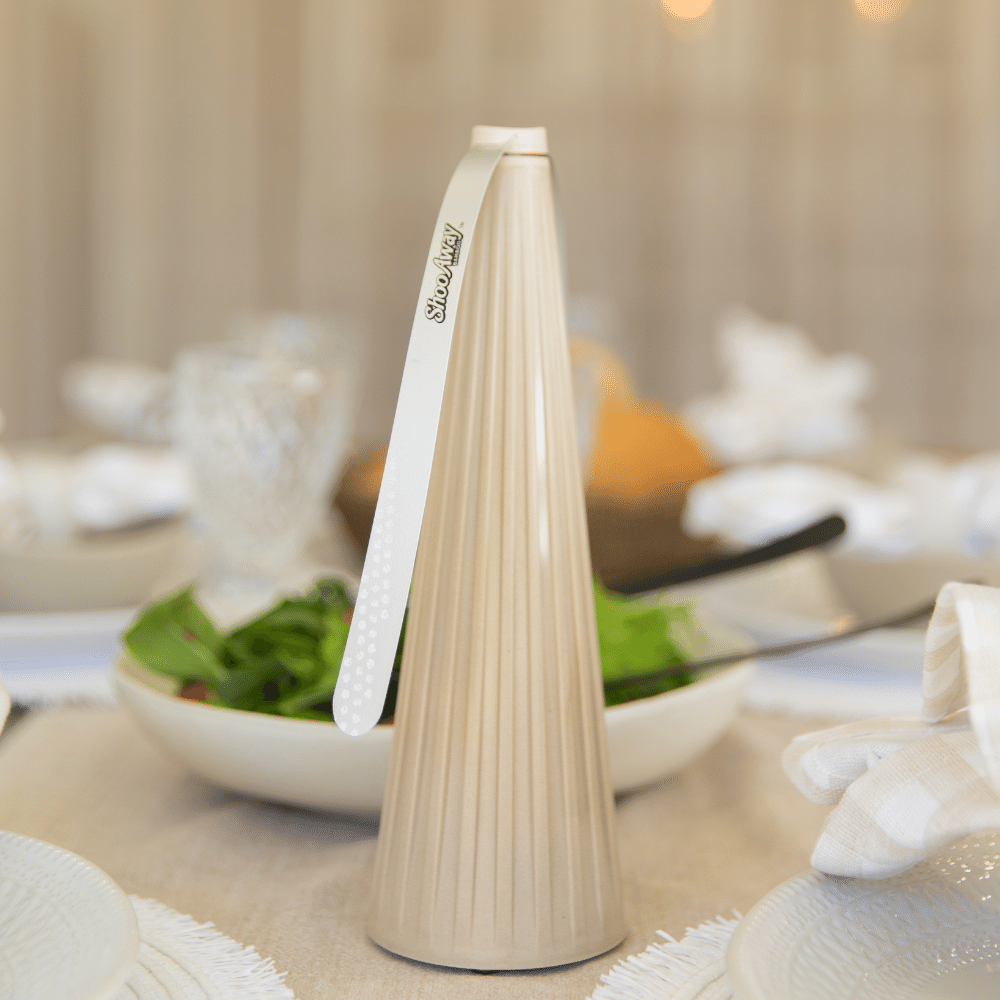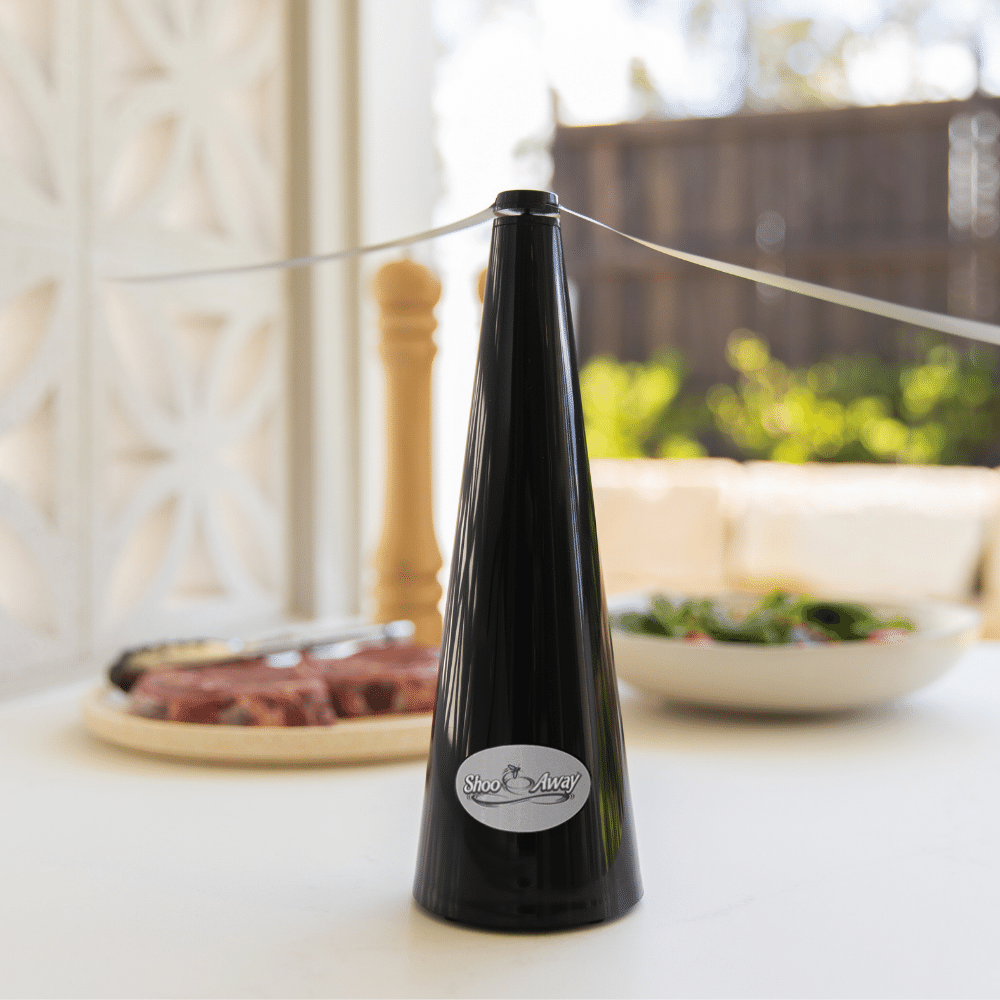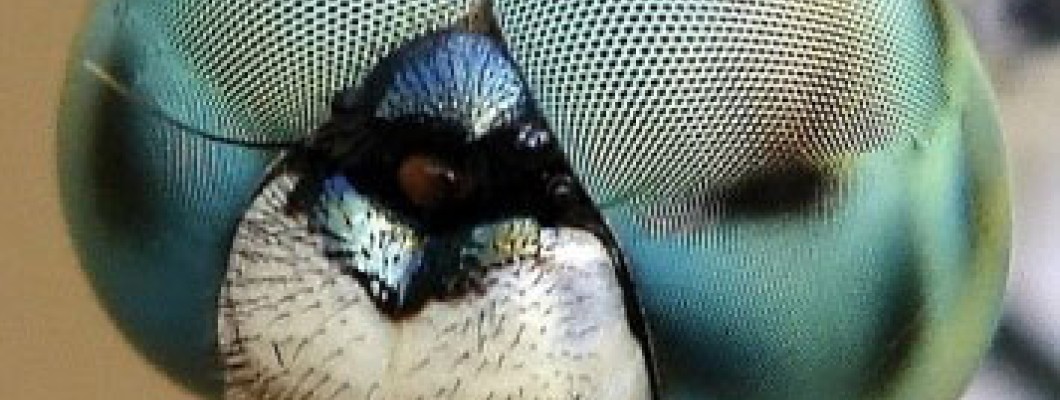Flies such as the typical house fly (Musca domestica) see the world very differently from us humans. The way a flies eye is made up means that a flies perception of motion, shape and colour is very different.
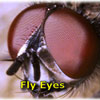
STRUCTURE OF A FLIES EYE
How Flies Detect Motion
Because of the structure of a flies eye they are particularly good at picking up motion and hence this is what make a fly so skittish and hard to kill or catch. When your hand moves through the flies filed of vision the ommatidia start and stop firing. So similar to a string of lights spelling out a name on a billboard with each light going on and off to spell the name it looks like continuous movement. Hence they see this 'movement" even if they can't determine what the object is and whether it is harmless or not
LIGHT AND A FLIES EYES
Flies, like many insects can't really distinguish between colours. In fact no insects can see the colour red which is the lowest colour in the spectrum that humans can see. Flies do though have one visual ability that we humans don't have and that is the ability to distinguish between polarized and non-polarized light. Polarized light travels on only one plane such as a horizontal plane.
FOCUSING V MOSAIC
A human eye will adapt to differing light and focus on near and far object using the muscles of the eye to shorten and lengthen the eyes focal length and to open and close the iris. Flies cannot do this and their thousands of lenses are really like a mosaic or the dots you will see if you take a magnifying glass and look at a news paper. As you move further from the dots the ability to distinguish what you are looking at improves and it doesn't look like dots anymore.
HOW SHOOAWAY USES THIS INFORMATION TO KEPP FLIES AWAY
Because of the flies eyes perception of light as the holographmatic discs on the end of the Shooaway blades "flick" light around this triggers the firing of the ommatidia and the flies perceives this as being an object moving toward them. The flies unique eyes provide a full 360 degree range so they can pick up this "movement" easily. So they just stay away. The better the light hitting the tips of the Shooaway the bigger the range of bounced light and therefore the bigger the area that the flies see as movement. Hence the reason Shooaway is so effective outdoors in good light.
